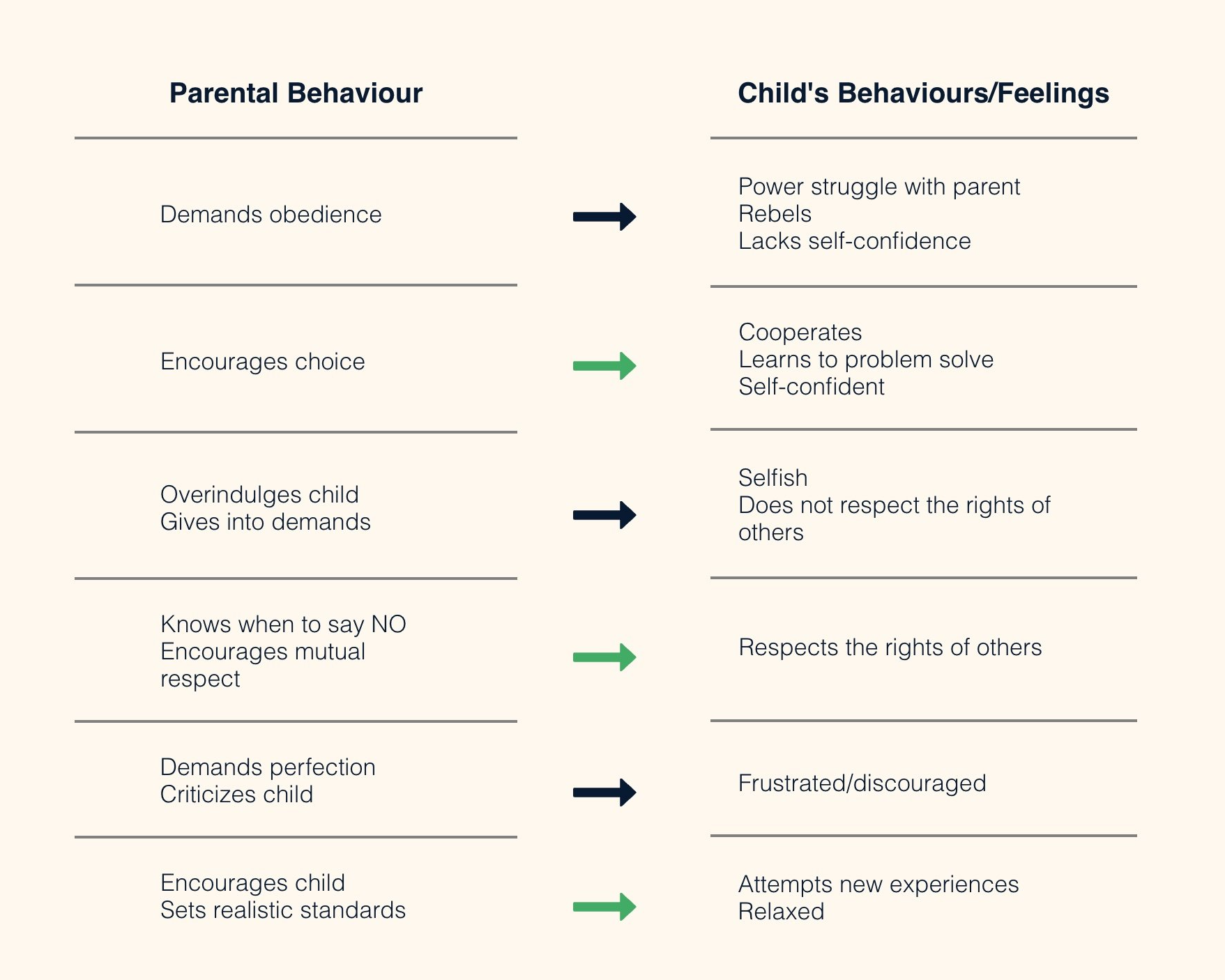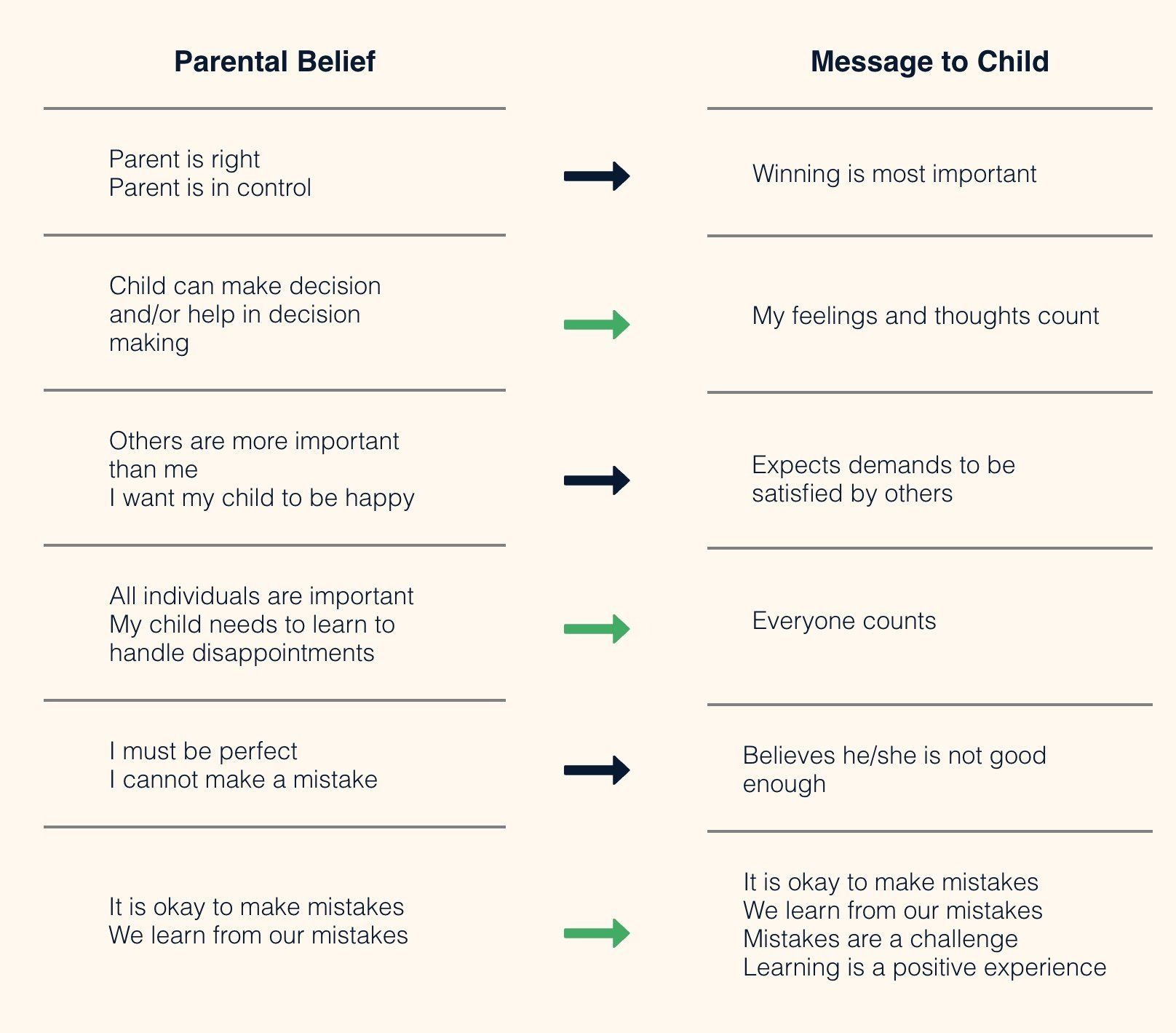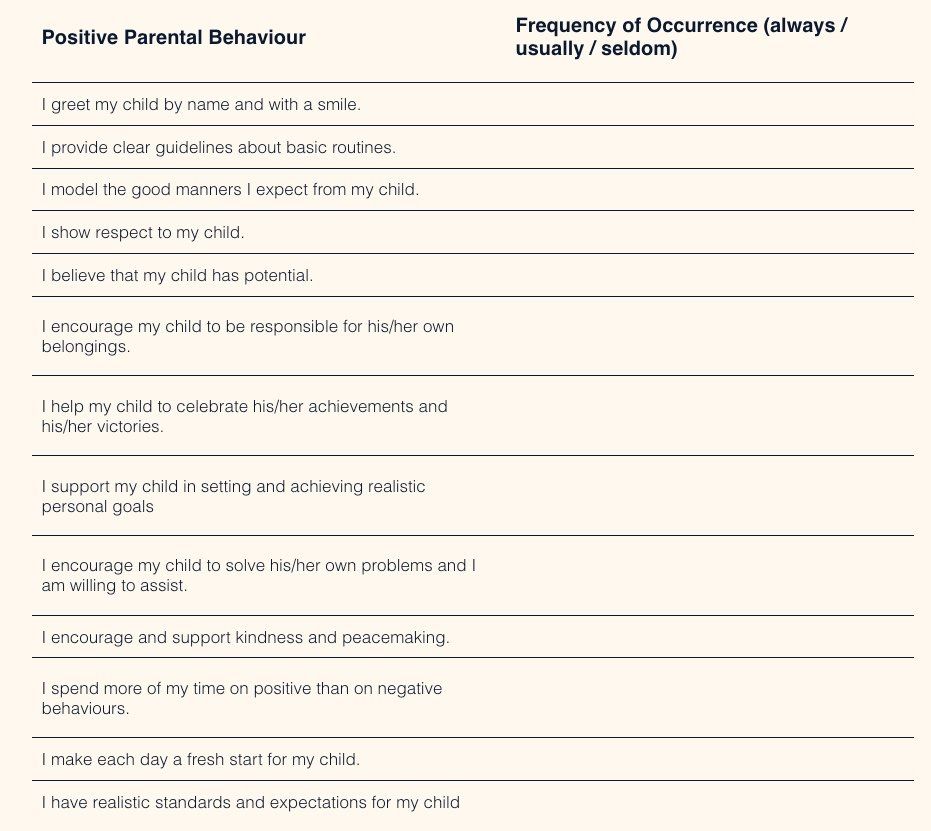Building Personal Resilience: A Guide to Positive Living
Chapter 3
– Developing a Happy Family: Dealing with Parent/Child Conflict
In this chapter
Sometimes the conflict is such that the communication between the parent and child is so strained that the two parties cannot communicate and problem solve together. Seeking professional help from a family counselor can be beneficial to bridge this gap. The important message to both the parent and the child is that we need to seek professional family counselling to be able to improve our relationship. The parent does not focus on the child being the problem.
In the latter scenario the child will be a hostile non-participant in the counselling process. There is no set rule when a parent should seek professional help from a counsellor. For some parents, when the conflict and stress becomes pervasive to their everyday encounters with their child then they seek professional counselling. An important point to remember is that it is never too early and it is never too late.
About the Author
Dr. Sandy Ages joined Gilmour Psychological Services® in 1994 and we have been fortunate to have her as a colleague and friend for twenty-five years. Sandy retired in August, 2019.
Table of Contents
- Examples of Parent/Child Conflict
- What is your parental style of discipline?
- What messages are you sending to your child?
- How to positively develop the relationship with your child
- When would it be advantageous to seek professional help?
- What to expect when you call the counsellor?
- How to access professional help
Examples of Parent/Child Conflict
One of the classic images that comes to mind when one thinks about parent child conflict is the frazzled looking parent with the furrowed forehead that mutters to his/her child:
“I have one nerve left, and you’re getting on it.”
Parent child conflict involves a struggle or opposition between a parent (s) and his/her offspring. The child wants his/her way and the parent is determined to have his/ her way. Indeed it can involve a single isolated incident or a series of situations. Oftentimes, the parent believes that what ever he/she says to their child, the child will be in direct contrast. The power struggle can become exceedingly challenging especially when one has a child who is adolescent.
Case examples: The examples are fictitious due to client confidentiality.
Jonny (8 yrs.) often forgets to take his lunch to school. His mother is upset because the school will then call when she is at work and expect her to deliver his lunch. This is somewhat typical of Jonny who is forgetful of his things. This creates friction between Jonny and his mother.
Allison (14 yrs.) frequently goes to a friend’s house after school and neglects to tell her parents. In fact she usually comes home anytime between 8:00 to 11:00 in the evening and becomes upset when her parents question her. This is a constant source of conflict between Allison and her parents.
Kevin (16 yrs.) tells his parents that he does not have any homework. He spends his time watching TV or with his girlfriend. However his report card indicates that his work is either handed in late or often incomplete. He argues with his parents to stop pestering him about his schoolwork. This creates tension between Kevin and his parents. His Dad has been spending more time at work to avoid the conflict in the evening.
Daniel (6 yrs.) frequently gets into fights at home and at school. He has had several school detentions for his poor behaviour on the playground. His parents frequently argue with him about his behaviour. He goes to his room and slams the door.
Do you recognize any issues that may be similar to what you have to deal with at home? Do you find that parenting is a power struggle with your child? There just is not the cooperation or the respect for your authority. You recall some familiar words that your parents spoke to you when you were growing up. The words of your parents’ haunt you:
“Just wait until you have children of your own!”
Let us do a checklist on what is happening in your family:
- Am I working longer hours to avoid being with my child?
- Do I have more negative interactions with my child than positive interactions?
- Is there more tension in the house because of the conflict with this child?
- Do I take my frustrations out on other family members?
If you have answered yes to one or more of these questions, what can you do about it? Are there some suggestions that you can follow to alleviate some of this conflict and tension?
What is your Parental Style of Discipline?
For a start let us look at your parental style of discipline to determine where conflict and tension may be coming from.

Where do you fit in? Are you basically demanding of your child or do you encourage decision-making? Are you overindulgent with your child or are you able to say “No”? Do you demand perfection of your child or do you set realistic standards?
What messages are you sending to your child?
Depending on your parental style and your own belief system, there are messages that your child learns from the interactions.
What is your belief system and what is your child learning from you? How does this belief system influence your behaviour and interactions with your child? How does this belief system contribute to the parent child conflict?
Positive parenting is best achieved in a family setting where love, caring and nurturing are the foundation of the home environment. Please complete the following checklist to assist you in reflecting on your positive parental behaviours.
Congratulations to those who have checked the “always” column for some or all of the positive behaviours. Now, please look at the ratio of the number of ticks in the “seldom” column to the number of ticks in the “usually” column? Do you notice a pattern of your parental behaviour that may affect or influence the behaviour of your child? Can you set one or two behavioural goals for yourself that might enhance your parenting style and decrease the number of parent/child conflicts?
How to positively develop the relationship with your child
To determine what to focus on in your relationship with your child, examine the following information on communication skills and problem solving strategies.
Communication skills:
- Active listening: paraphrase, clarify, feedback
- Assertive statements: say what you mean and mean what you say
- Take turns talking: not talking over each other or interrupting
- Stay non-blaming
- Stay non-defensive
- Recognize the difference between a discussion and an argument
- Recognize the difference between an excuse and an explanation
- Choose words carefully: no put downs or sarcasm
- Listen for the emotion behind the content
- Be understanding: Put yourself in your child's place
- Control non-verbal behaviour: tone and volume of voice and body language
Active listening is a two way process. When one person is talking, the other person is actively listening. To listen actively, paraphrase, clarify and give positive feedback to your child. Paraphrasing means that you state in your own words what you think your child just said:
“What I hear you saying is that ..........”
“If I understand you correctly ..........”
If you consistently paraphrase you will correct any misinterpretations immediately and help to keep track and to remember the important points of the communication. After you paraphrase what you heard, you may learn that your interpretation of the communication was erroneous. With clarification you ask questions to clarify and to refine your comprehension of what your child said to you. The focus of clarification is to understand, to learn, to help. The intention is not to put down or to interrogate your child. Your tone of voice (pleasant vs. sarcastic) and the volume of your voice (moderate vs. loud) will also convey an important message to your child.
Assertive statements begin with the word “I”. The format is quite simple.
- I feel… (state emotion)
- when you ... (state child’s behaviour)
- and I would like you to… (state new behaviour)
With this direct kind of statement, your child knows:
- how you feel (positive or negative feeling)
- about his/ her specific behaviour (acceptable or unacceptable)
- and what you would like him/her to do (new behaviour).
To assist in taking turns talking, try setting a timer for 5 or 10 minute intervals. Oftentimes statements that begin with “you” can be accusatory or blaming. If you practice stating “I” statements as noted above, the conversation will take on a more positive tone.
Taking a break from a discussion is a good idea especially if the emotions are running high. If you are shouting at each other, the important message is completely lost. Reschedule another talk and recognize that the emotions have taken over and the content of the message is being overshadowed by this heightened emotion.
You now have the tools to assist you in moving on to the next stage of addressing the conflict. Problem solving strategies between parent and child are important to develop. It teaches the child that the problem has ownership and the parent wants to jointly handle this issue with the child’s input. It is not a control issue of the parent versus the child. The message to the child is that he/she can contribute to the solution of the problem. Essentially the strategy is broken into two functional parts: talking time and action time.
Problem Solving Strategy: Talking Time
- What is the problem?
- Who owns the problem?
- How does the child feel?
- What does the child think the parent feels?
- How does the parent feel?
- What does the parent think the child feels?
- What does the child need?
- What does the parent need?
Problem Solving Strategy: Action Time
- Brainstorm ideas: List all possible solutions without judging or criticizing them. Use a pencil and paper to complete the suggestions.
- Test an idea by asking: What would happen if…?
- Choose the best idea.
- Negotiate the next best solution.
An important issue to teach the child is that solutions to problems can be negotiable and that the parent and child can collaborate on finding the solution. This is an important point to stress particularly with adolescents.
When would it be advantageous to seek professional help?
Sometimes the conflict is such that the communication between the parent and child is so strained that the two parties cannot communicate and problem solve together. Seeking professional help from a counsellor can be beneficial to bridge this gap. The important message to both the parent and the child is that we need to seek professional counselling to be able to improve our relationship. The parent does not focus on the child being the problem.
In the latter scenario the child will be a hostile non-participant in the counselling process. There is no set rule when a parent should seek professional help from a counsellor. For some parents, when the conflict and stress becomes pervasive to their everyday encounters with their child then they seek professional counselling. An important point to remember is that it is never too early and it is never too late.
What to expect when you call the counsellor
If I receive a phone call from a parent who wants to make an appointment for his/her child, I tell the parent that the child can choose to see me alone or with the parent; the choice is the child’s. Oftentimes the child feels more comfortable meeting alone because he/she has an opportunity to talk with me without the parent sitting in judgment. If the child wants to see me alone for several sessions to work on some of the conflict issues, that is acceptable to me. I inform the parent that he/she will be involved at a later date.
The therapeutic alliance between the counsellor and child is an important component of therapy. This also gives the child some sense of ownership of the problem and a chance to develop some strategies with the counsellor on how to communicate with the parent.
There have been some cases that the child, particularly an adolescent has not wanted to come to my office. I have worked with the parent alone in terms of his/her parenting and communication skills. With most cases, the adolescent has later decided on his/her own to come to my office. If the parent starts to make positive changes to his/her behaviour, the adolescent becomes interested in the process and wants to be involved. With reluctant adolescents, I find it effective for the adolescent to interview me on the telephone to decide if he/she wants to make an appointment.
The role of the counsellor in working in the area of parent/child conflict is not to be the decision-maker to settle the disputes. Refining parenting and communication skills is the focus of therapy. In fact, I like my clients to know that they will be learning techniques that will benefit them with peers and other adults.
How to access professional help
Accessing professional assistance can be done through your employment assistance program, which will have a list of a number of counsellors who work in the area of parent/child conflict. Your family physician will be able to recommend a counsellor. Also professional associations, such as the Psychological Association of your province or state can provide you with names of counsellors or therapists in your area.







